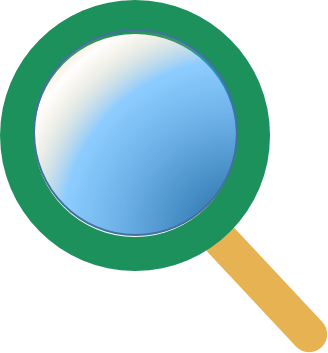
Related items loading ...
Section 1: Publication
Publication Type
Journal Article
Authorship
Shahvaran, Ali Reza; Kheyrollah Pour, Homa; Binding, Caren; Van Cappellen, Philippe
Title
Mapping satellite-derived chlorophyll-a concentrations from 2013 to 2023 in Western Lake Ontario using Landsat 8 and 9 imagery
Year
2025
Publication Outlet
Science of The Total Environment, Vol. 968, 178881
DOI
ISBN
ISSN
0048-9697
Citation
Shahvaran, Ali Reza; Kheyrollah Pour, Homa; Binding, Caren; Van Cappellen, Philippe (2025) Mapping satellite-derived chlorophyll-a concentrations from 2013 to 2023 in Western Lake Ontario using Landsat 8 and 9 imagery, Science of The Total Environment, Vol. 968, 178881,
https://doi.org/10.1016/j.scitotenv.2025.178881
Abstract
Algal blooms are a major environmental issue in many freshwater environments. While traditional in-situ measurements remain indispensable to monitor algal dynamics, they offer only limited spatiotemporal coverage, especially when dealing with large water bodies. Satellite remote sensing can help overcome this limitation. Here, a semi-empirical model for retrieving surface water Chlorophyll-a (Chl-a) concentrations, a proxy of phytoplankton biomass, was developed for the western basin of Lake Ontario, one of the Laurentian Great Lakes. ACOLITE-corrected Landsat 8 and 9 imagery between 2013 and 2023 was calibrated and verified with local in-situ Chl-a measurements. The nearshore areas of Western Lake Ontario, including the semi-enclosed Hamilton Harbour, are prone to algal blooms, while oligotrophic conditions prevail in the offshore areas. Three bloom indicators—intensity, extent, and severity—were used to characterize the variability and seasonality of algal blooms in different areas of the lake. Time-series analyses revealed contrasting temporal trends in Chl-a concentrations of the nearshore and offshore waters over the eleven-year period of observation. Analysis of external factors impacting algal blooms in Western Lake Ontario and Hamilton Harbour revealed temperature, wind speed, and cloud cover as the most influential, with around 80 % of blooms occurring under moderate conditions (temperature 4–26 °C and wind speed 2.5–5. m s−1). Overall, our research underlines the great potential for cost-effective monitoring of algal dynamics in large lakes, utilizing publicly available satellite imagery, in order to support eutrophication management.
Plain Language Summary
Section 2: Additional Information
Program Affiliations
Project Affiliations
Submitters
Publication Stage
Published
Theme
Presentation Format
Additional Information
Keywords: Chlorophyll-; Algal bloom; Remote sensing; Time-series analyses; Landsat 8 and 9; Meteorological factors; Western Lake Ontario


 GWFNet
GWFNet Master
Master Data
Data Research
Research Map
Map
 Advanced
Advanced Tools
Tools
 . . .
. . .
 Metadata Editor
Metadata Editor
 Record List
Record List
 Alias List Editor
Alias List Editor
 Legacy sites
Legacy sites